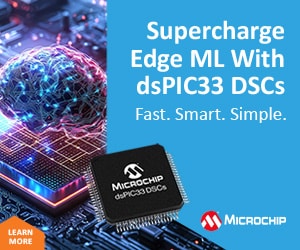The car motor driver gives control, reduces interference, and protects from heat. It works for headlights, air systems, screens, and valves.

NOVOSENSE Adds EMC-Compliant CAN Transceivers and Motor Driver to Automotive Body Control Portfolio
NOVOSENSE Microelectronics has announced the release of the NSD8381-Q1 is an automotive-grade, highly integrated bipolar stepper motor driver designed for precision and reliability in demanding vehicle applications. It supports up to 1/32 programmable microstepping, configurable decay modes, and includes a built-in ADC, spread-spectrum PWM for EMI reduction, sensorless stall detection, SPI interface, and thermal protection features such as over-temperature warning and shutdown.
The NSD8381-Q1 is suited for a range of automotive applications, including HVAC climate flap motors, electronic expansion valves (EXVs) and multi-port valves, headlight step control systems such as Adaptive Driving Beam (ADB) and Adaptive Front-lighting System (AFS), as well as Head-Up Display (HUD) position adjustment motors.
Engineered specifically for automotive systems, the NSD8381-Q1 delivers outstanding performance and stability in applications like headlight leveling, HUD (Head-Up Display) position adjustment, HVAC electronic expansion valves (EXVs), and air flap motor control.
Some of the key features of the NSD8381-Q1 include:
- Wide operating voltage: 4.5V-36V (Absolute max rating 40V)
- Current up to 1.35A, Rdson (HS+LS): 1.2Ω
- Programmable micro-stepping, up to 1/32 micro-stepping mode
- Four programmable decay modes:Slow Decay,Mixed Decay,Auto Decay 1,Auto Decay 2
- IO direct control of clock/direction/hold, or direct half-bridge control
- Support PWM frequency spread spectrum for EMC performance optimization
- Support slew rate and dead time configuration
- 24-bit, 4Mhz SPI communication
With the growing number of electronic control units (ECUs) in modern vehicles, ensuring reliable and resilient in-vehicle communication is more critical than ever. CAN networks form the core communication infrastructure for essential systems such as lighting, ignition, powertrain, inverters, and other key body electronics. However, these networks are increasingly vulnerable to electromagnetic interference (EMI) from components like ignition systems, powertrains, inverters, and wireless devices—interference that can cause communication errors or system malfunctions.







